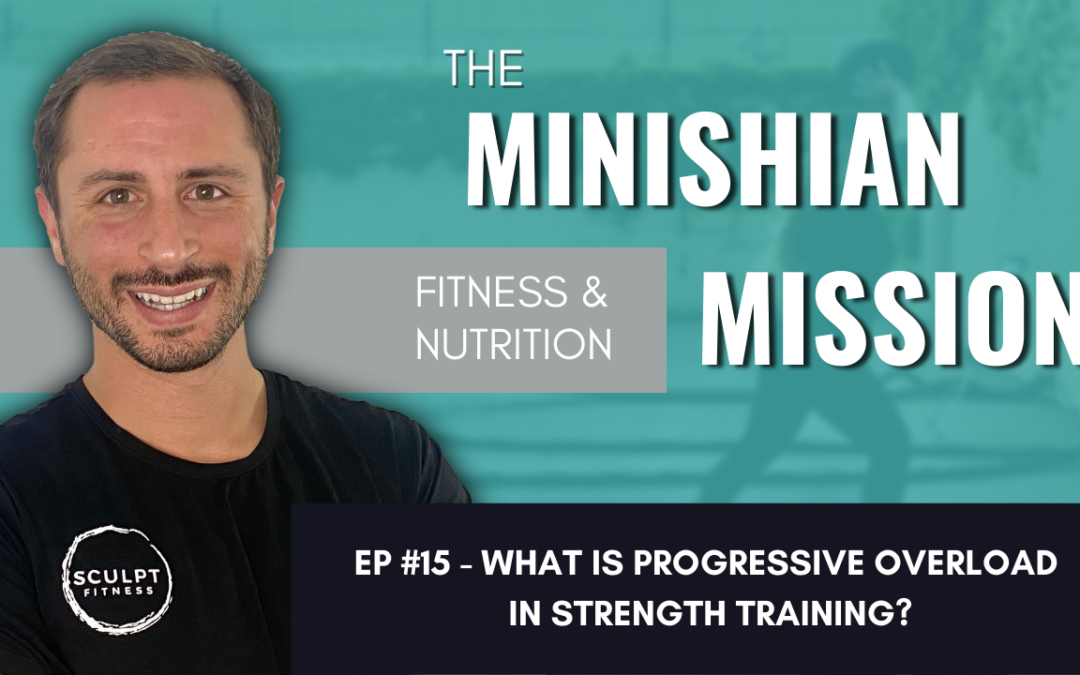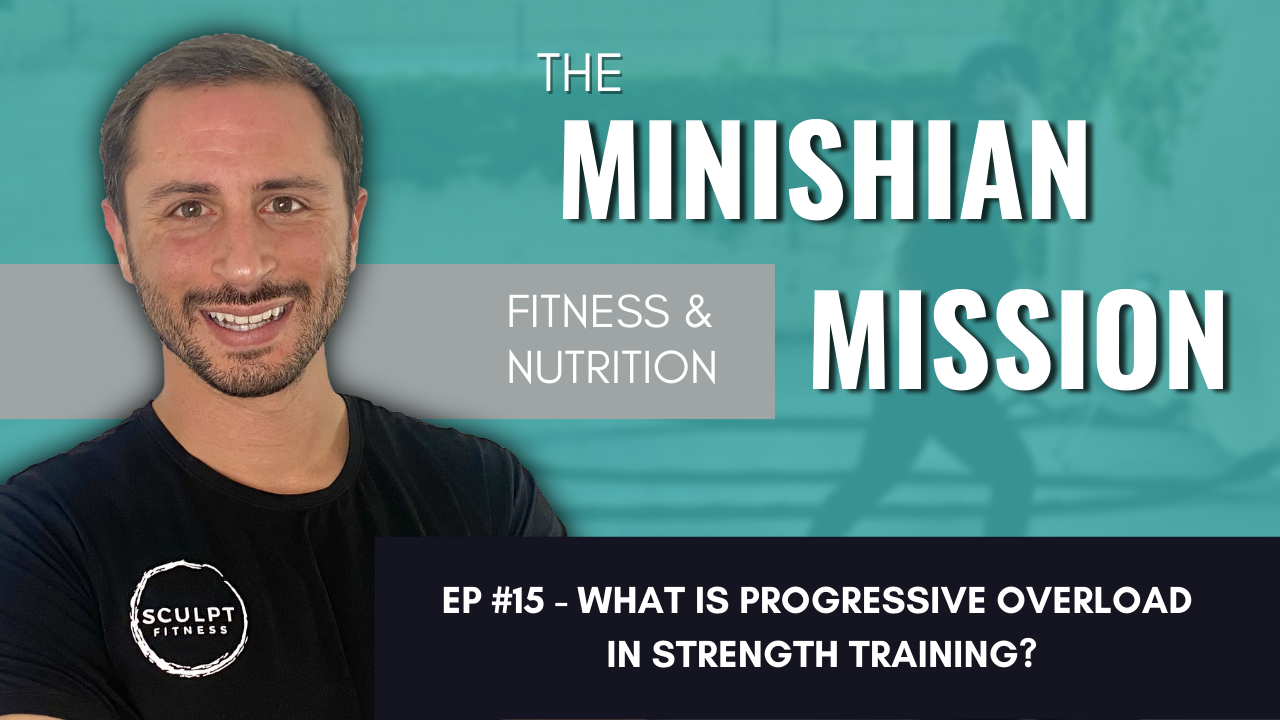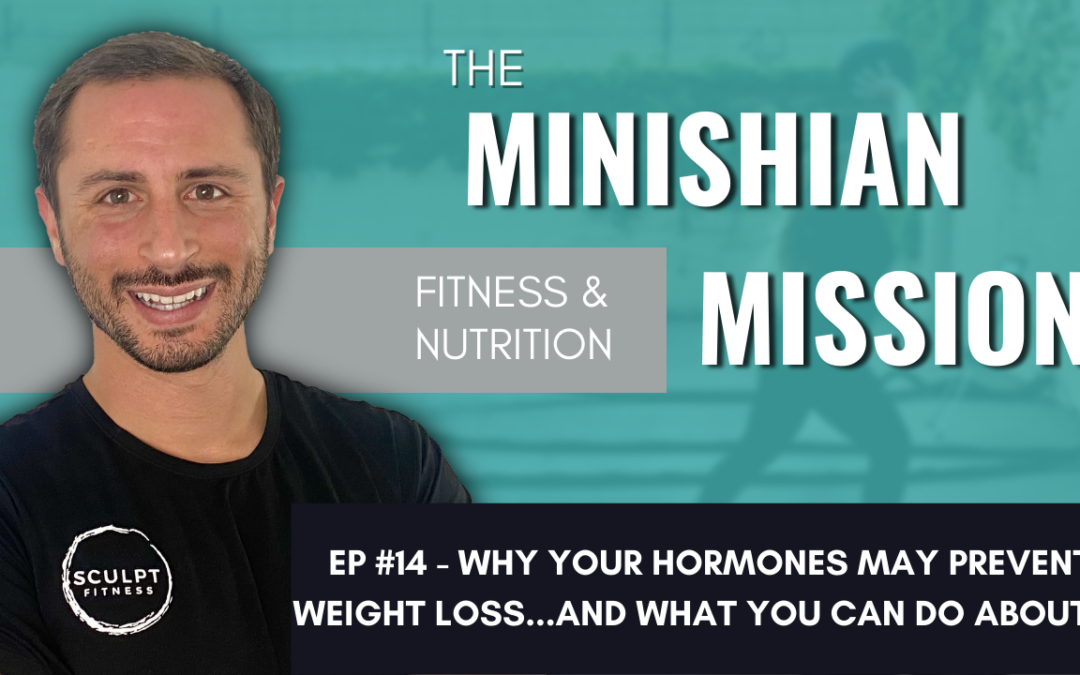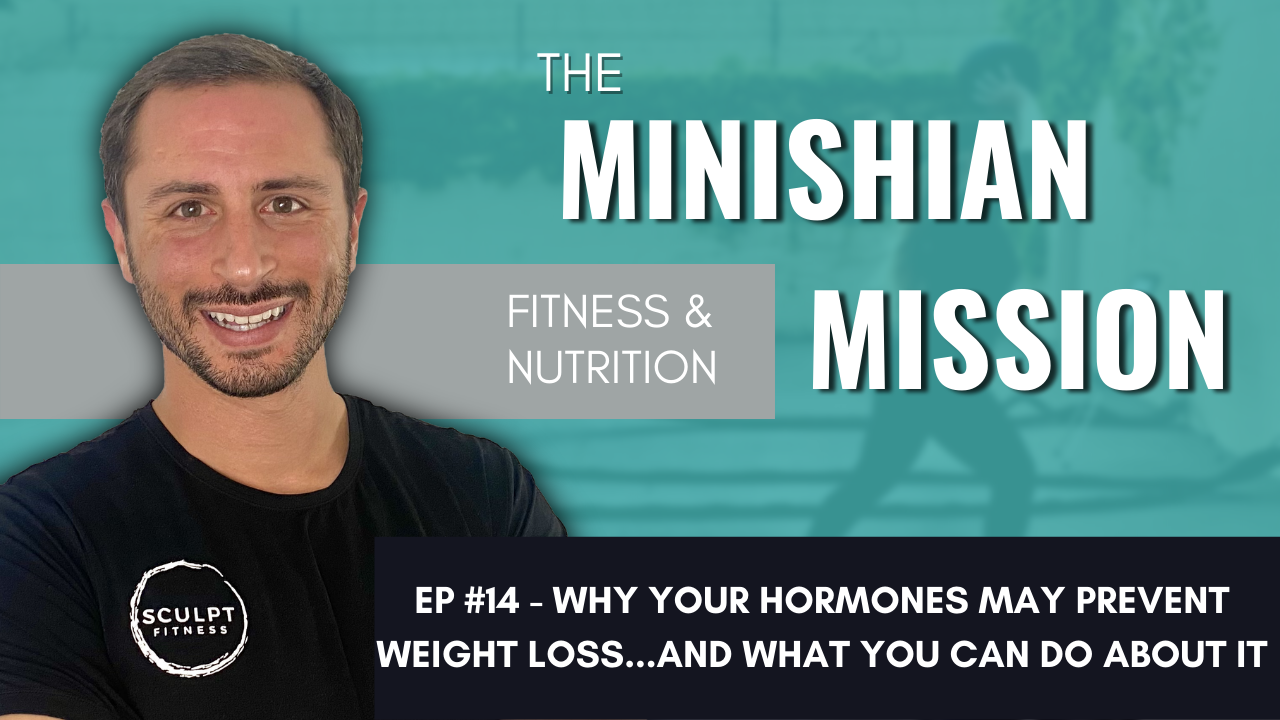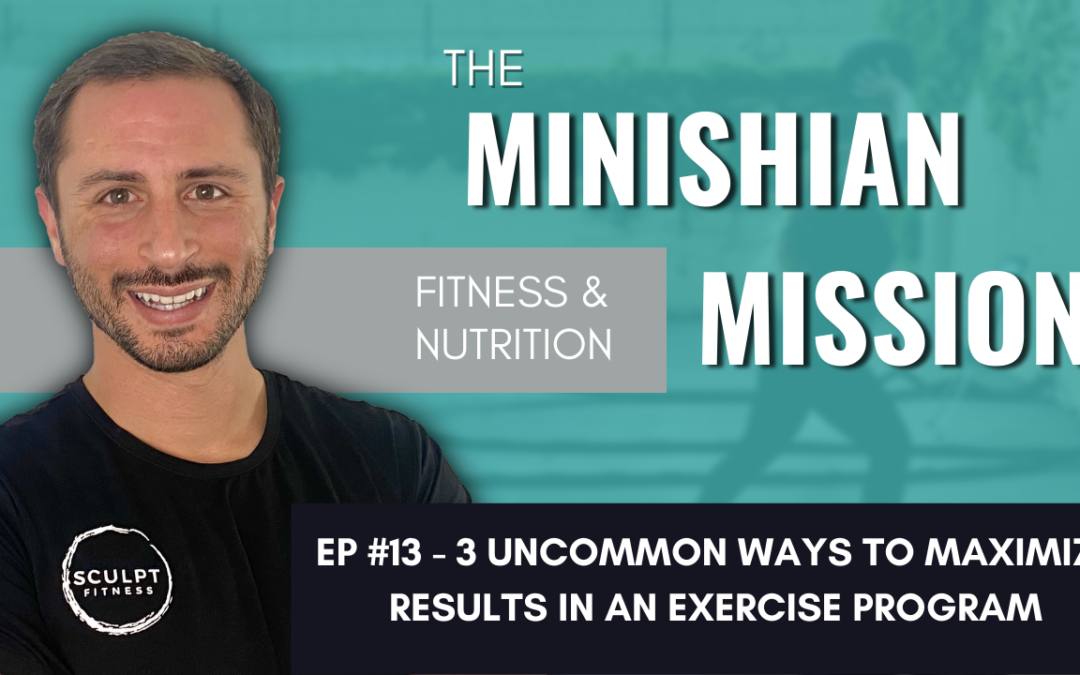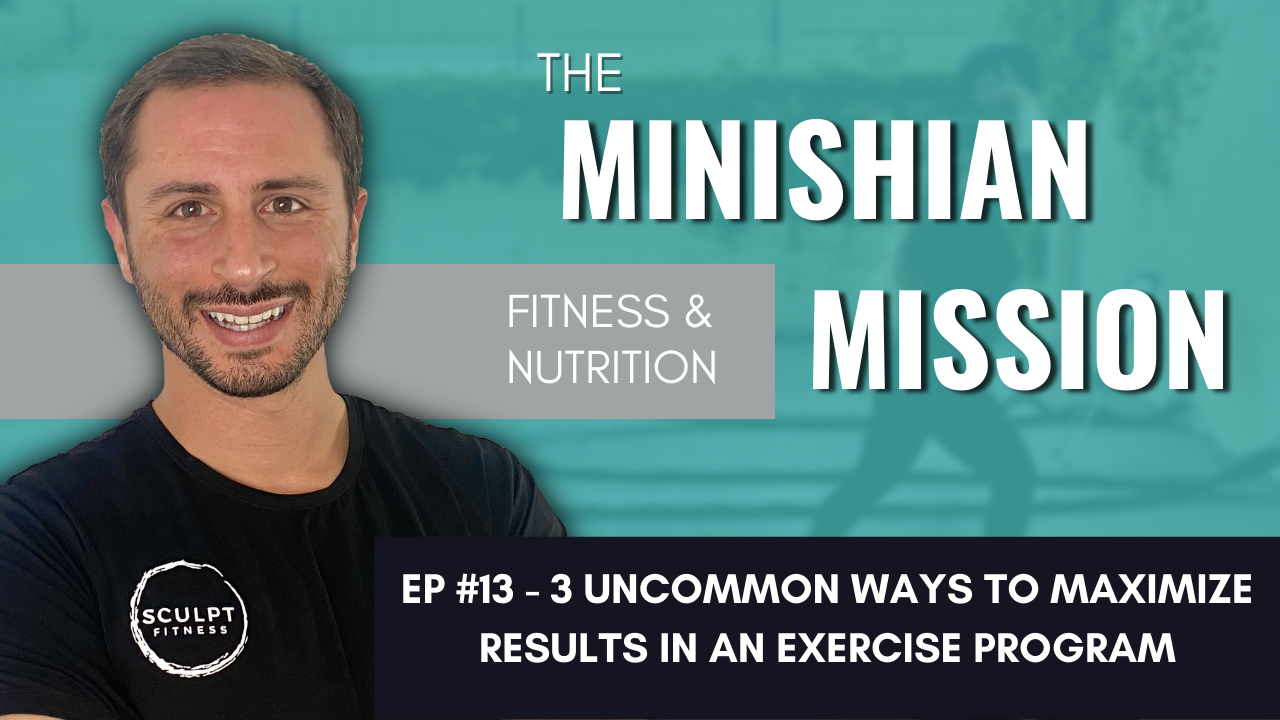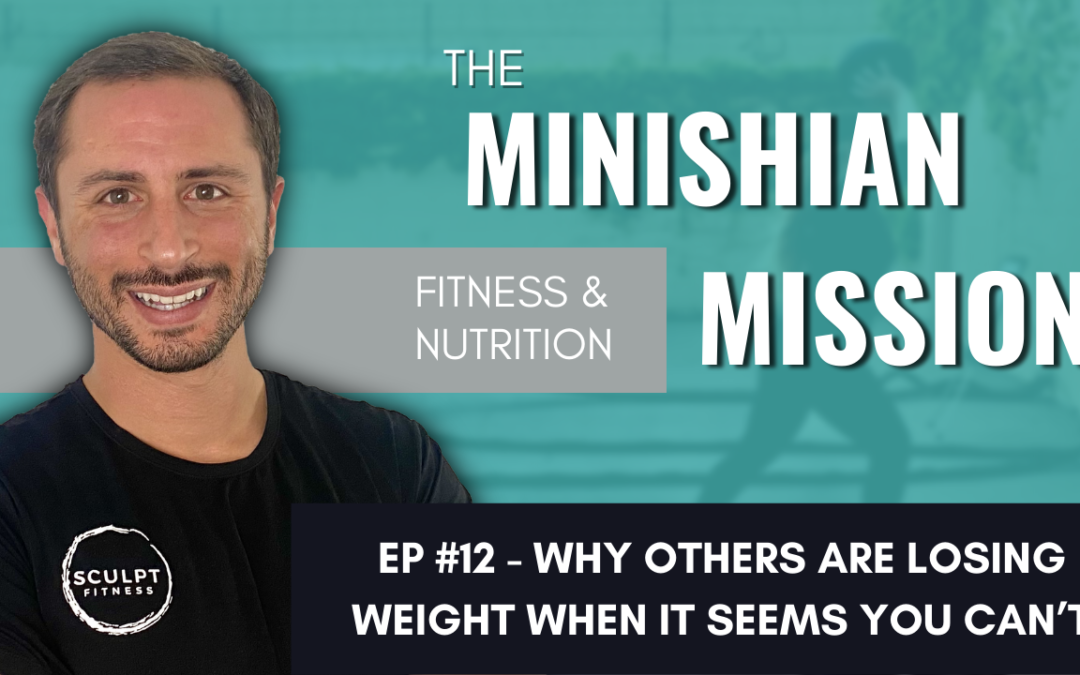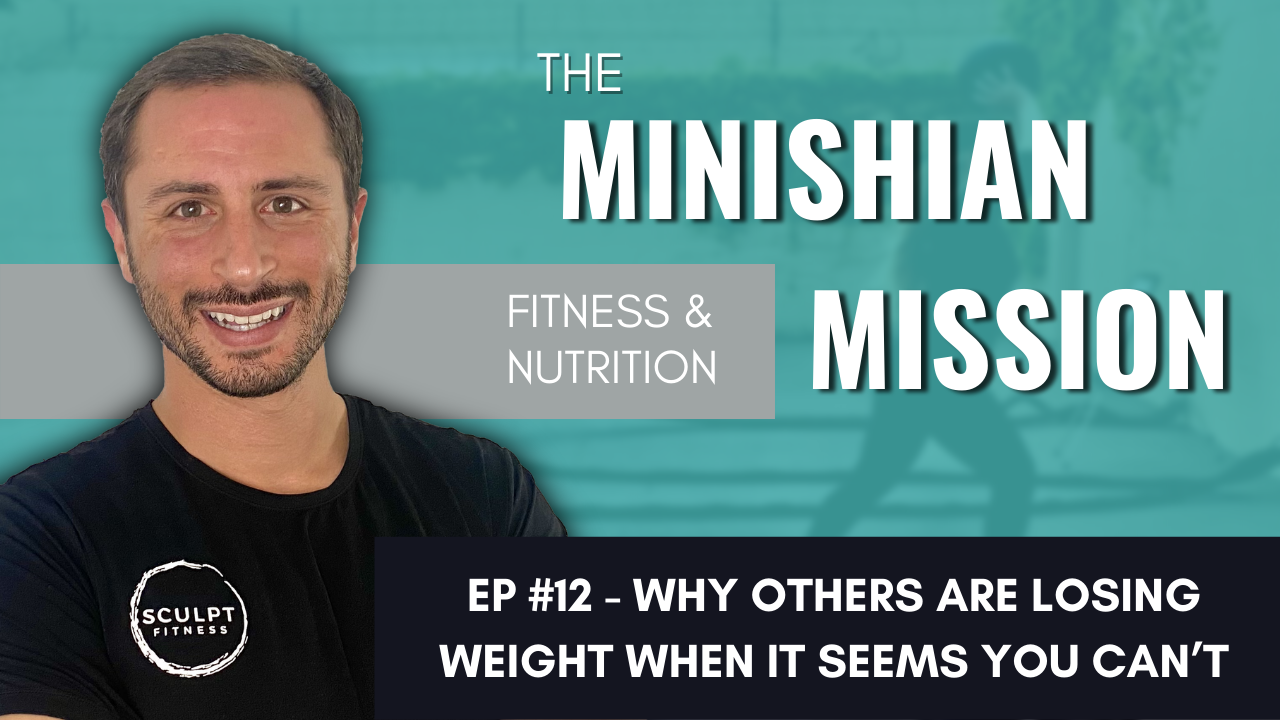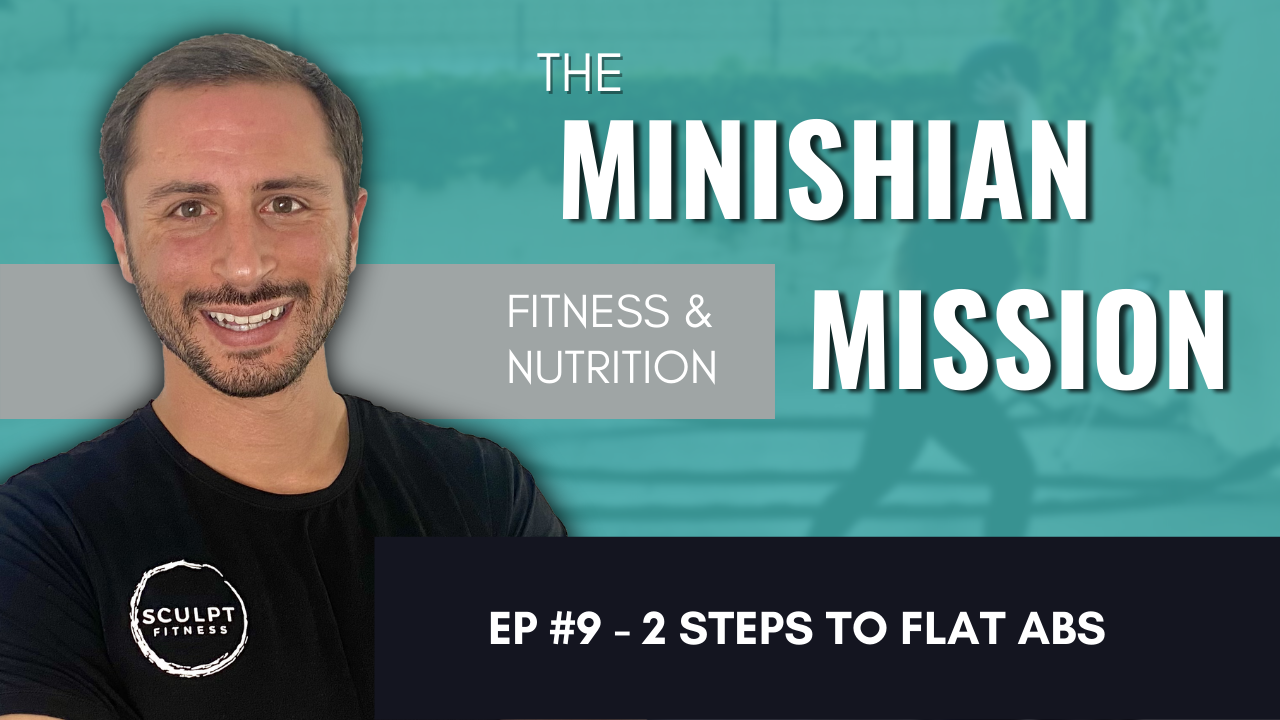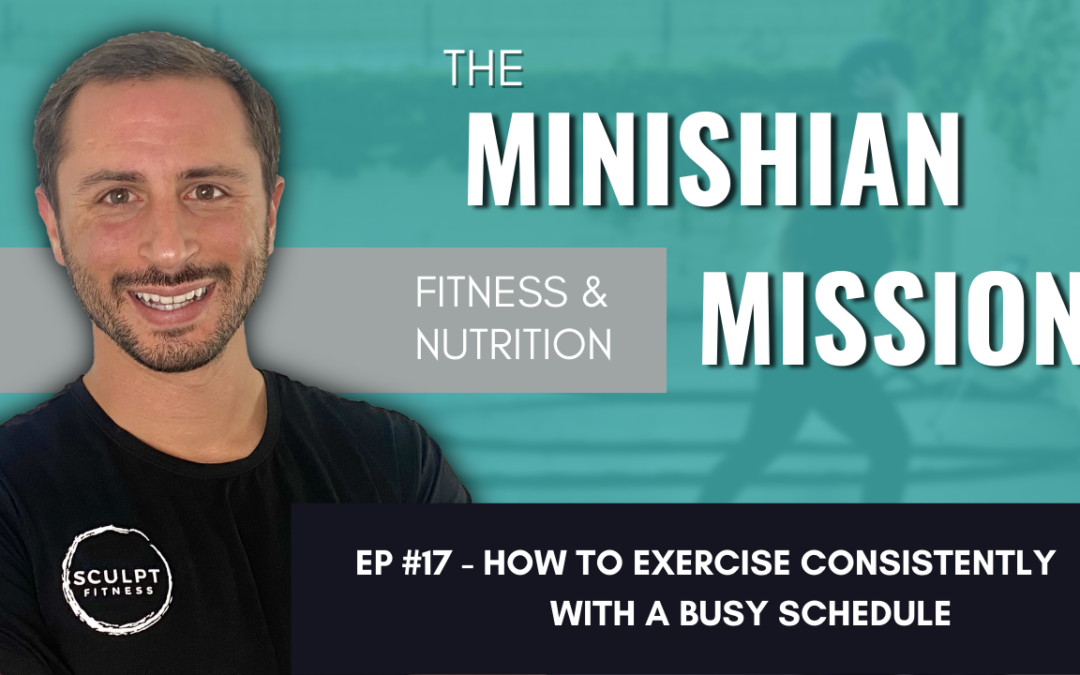
How To Exercise Consistently With A Busy Schedule
It is possible to be both fit and busy.
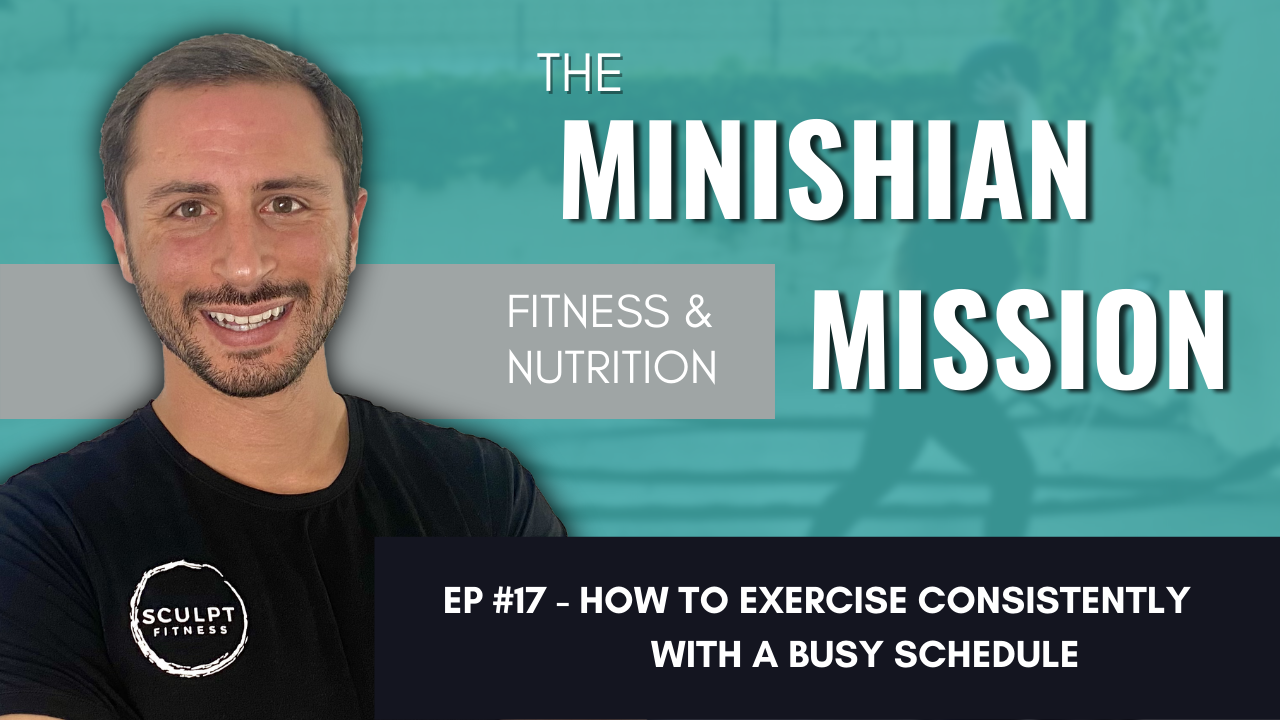
How To Exercise Consistently With A Busy Schedule
Sometimes it’s hard to find the time to exercise between work, family, and other obligations or commitments. It’s understandable, it’s real, but something undeniable about exercise is that it will improve every single aspect of your life.
“See your workout as a focal point in your day, as the action that will give you the energy to be your best and do your best. That’s what exercise is all about, pushing yourself to be your best self.” — David Minishian
Schedule Your Workout First
Many people “can’t find” time to workout in their day. They pack their schedule full of activities and tasks to complete, leaving no room for exercise. Take the opposite approach. Exercise is a necessary activity to feel and do your best, so make it the focal point of your day by scheduling it first. By creating your schedule around your workout, you emphasize its importance. Your schedule is not an excuse to not exercise. It will improve your mood, your energy, and even your performance for your other tasks.
Give 5 Minutes
Every workout does not have to be 45 minutes or more. Instead, on your busiest days give yourself 5 minutes of exercise. If at the end of those 5 minutes you feel you can do a bit more, do it. If not then at least you did some movement for the day. Focus on being consistent with your daily exercise to prevent practicing the habit of completely skipping workouts. Even 5 minutes a day will make a big difference in your ability to get results because you are practicing consistency.
Include Your Family
Your family should not be the excuse to skip exercising. They should be the excuse to do it. They are a reason to start working out and keep it up as an example of how to live a healthy lifestyle. The best approach is to include the kids. Will it be easy? No. But your workout doesn’t need to be perfect. Do what you can, even if that means doing a bunch of squats while holding them, going on a bike ride or playing tag in the park. Get creative! Be the example; be active; and include them in the experience.
Ready to build the body you want with a sustainable lifestyle?
Watch

David Minishian, MPH
Fitness and Nutrition Coach
David is the owner and head coach at Sculpt Fitness in Long Beach, CA. He leads the mission at Sculpt to educate, equip, and empower the local community to make the best decisions for their health. For over 10 years he has coached exercise and nutrition, helping clients create sustainable lifestyle to build the body they want. When he's not training, coaching or cooking, David is on an adventure with his wife and kids or teeing up his next shot on a golf course.
